You don’t need to battle traffic and the trade parade crossing the Shinnecock Canal to enjoy all that the Hamptons have to offer. If you can make it to Westhampton Beach, which is closer to New York City by far, you may just never leave again.

The six-mile area west of Canoe Place (now the Shinnecock Canal) was originally controlled by the Shinnecock Tribe and known as “Catchaponack” (meaning “place where large roots grow”). This land, which included what is now Westhampton Beach Village and unincorporated Westhampton, was purchased from the Shinnecocks in a deal known as the “Quogue Purchase” for which the Shinnecocks were paid about 70 pounds sterling. The land was then awarded to Southampton Town in 1666 by the royal governor. Despite having its own church (built in 1742), mill (c. 1746) and school (built in 1795), the Catchaponack area remained largely rural agricultural until the Long Island Railroad built a spur from Manorville to Westhampton in 1870. Hotels were built, as well as bathhouses at the end of Beach Lane (where Rogers Beach and Pavilion are now located). Local residents began renting out rooms to summer guests to supplement their agricultural incomes; as the Westhampton area increased in popularity as a seaside destination, tourism overtook whaling, fishing and farming as the most important segment of the area’s economy. Oceanfront homes, cottages and resorts were built for the “summer people” who were mainly affluent New York City residents.
Fast forward 100+ years and the Westhampton area remained a seaside destination catering to the city dweller. Due to its proximity to New York and ease of access, Westhampton — dubbed the “Party Hampton” by the New York Times — became the go-to place for singles throughout the 1980s and 1990s. Westhampton Beach was home to rapid and rampant single-family home and condominium development, to say nothing of a surfeit of weekend share houses, loud bars and crowded nightclubs — including the infamous “Marakesh” nightclub shuttered in 1996 after a fatal shooting. From the late 1990s through the early 2000s, the Village began banning share houses and cracking down on noise complaints coming from bars and nightclubs. The result: a staid downtown that slid quietly into disrepair.
Enter the current era, with a new Mayor and Trustees trying novel ways to “create fun” in Westhampton Beach. The Board struggled with how to keep Westhampton’s focus on “fun and family” while stemming Main Street’s decidedly down-at-the-heels aura. And what could have been seen as a major problem was re-envisioned as the catalyst for a necessary downtown revitalization: replacing the failing storm drain system underpinning the Village. The $11 million construction project began in September 2019; the road, sidewalks and trees were ripped up and utilities were run underground or behind the stores. The sidewalks were widened, parking was increased by about 16% and all Main Street was relandscaped. This portion of the project was mostly complete by July 2020 with the next phase of revitalization currently underway: a $16.7 million sewer district project, which will connect sewer lines in some areas of the Village to an existing Suffolk County sewage treatment plant at Gabreski Airport.
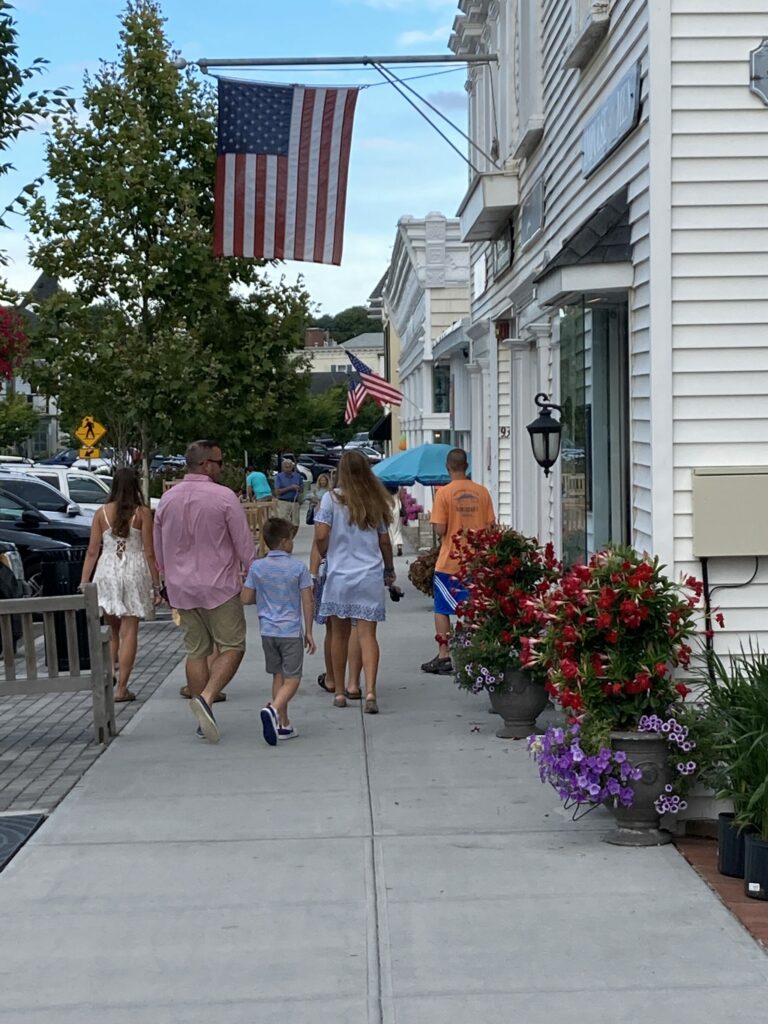
Families enjoying Main Street 
Let’s not overlook the addition of the two traffic circles. “Many thought the roundabouts were a bad idea at first, but people have grown to love them,” says Brian Tymann, a Westhampton Beach Trustee. The roundabouts serve to slow traffic, alleviate backups as well as reduce/eliminate fender benders. “There’s no perfect solution,” Tymann continues, “but the roundabouts have made traffic exponentially better.”
The change in the Village landscape belies a new approach to local governance. No longer the “land of no’’, Tyman explains that the Board of Trustees is open to working with everyone. “This is a team effort to create a good government for good people and good business.” The focus: to create a vibrant and prosperous business and local community while holding taxes in line. Tim Morabito, licensed salesperson with the Westhampton office of Compass concurs with Tyman. “The new board expanded the commercial side of Main Street,” Morabito explains. “Now there are some options, and life has been breathed back into the Village. There’s more of a draw — especially for families.”
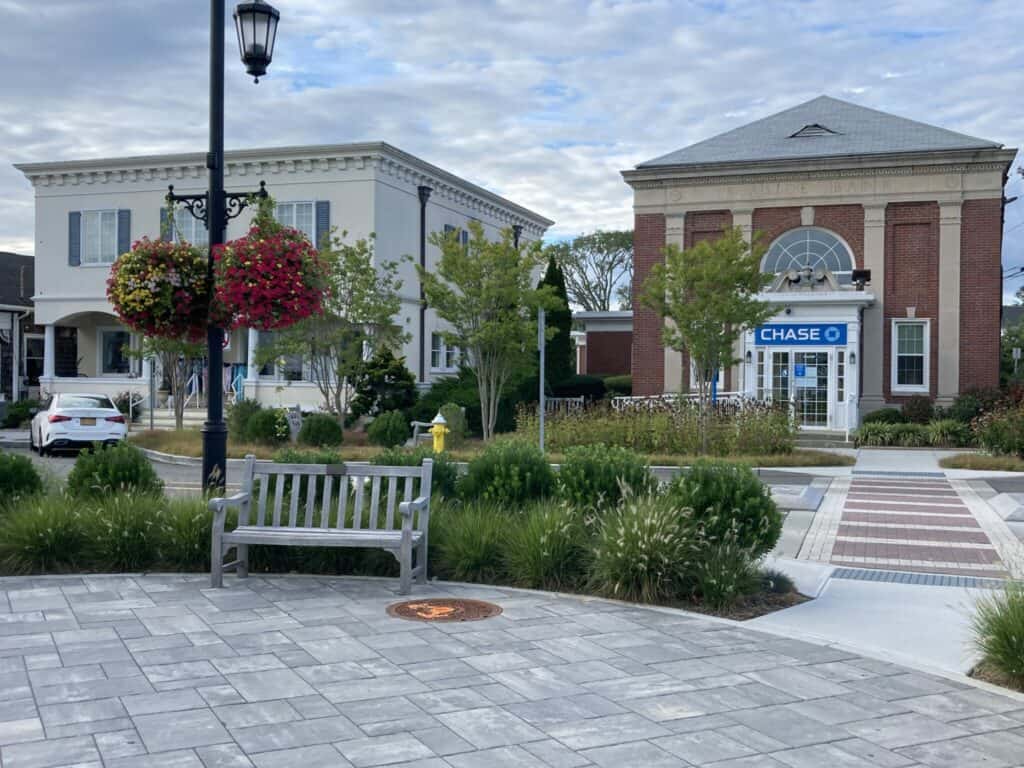
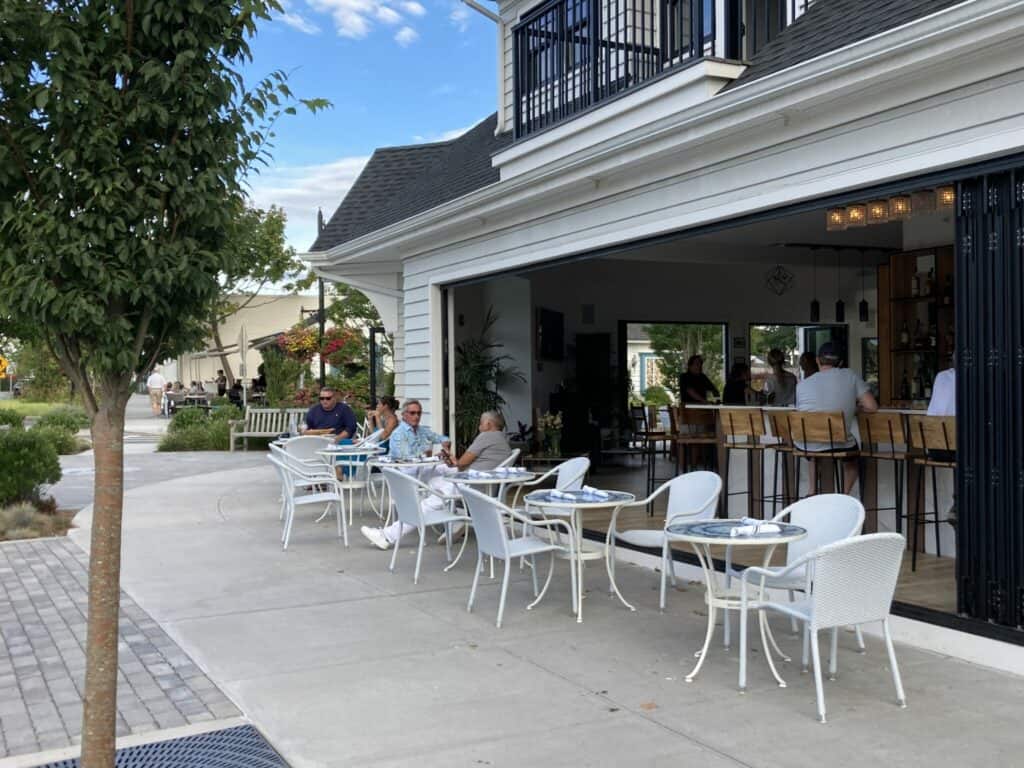
Outdoor dining at Salt & Loft 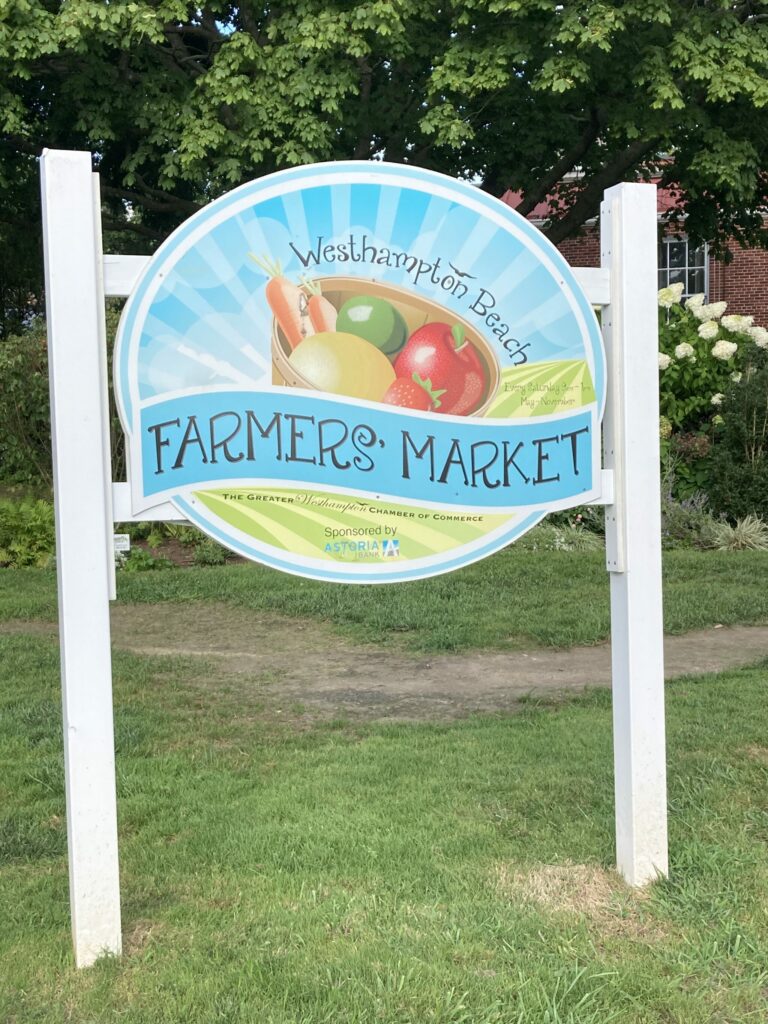
Proximity to New York City has in part driven the reemergence of Westhampton as a destination of choice. Tim Morabito shares that his customers don’t want to sit in traffic trying to make it east of the Canal. “It’s the same beach and the same ocean — at a drastic discount from Southampton Village.” While comparing Westhampton Village to Southampton Village might be seen as comparing apples to oranges, Westhampton area housing is priced at a 30-40% discount to comparable listings in Southampton. In addition to the obvious value play, Westhampton has a low key vibe attractive to families. “Westhampton is definitely a lot more fun than it used to be,” says Morabito. “It’s where families go — it’s got some life.”















![Tucked along the shoreline of West Neck Harbor, this Shelter Island retreat offers a rare opportunity for relaxed waterfront living. ☀️⚓ With a waterside pool, deep water dock, guest cottage, and 220± feet of bulkhead frontage, every inch of the property is designed to embrace the outdoors. Inside, rich architectural details, sun-filled rooms, and elegant entertaining spaces blend comfort with character, making this a true summer escape.
37 East Brander Parkway, Shelter Island
Represented by Rebecca Shafer @myshelterisland of @thecorcorangroup [link in bio]](https://hamptonsrealestateshowcase.com/wp-content/uploads/sb-instagram-feed-images/515283061_18519694612030135_1293239383085970748_nfull.webp)

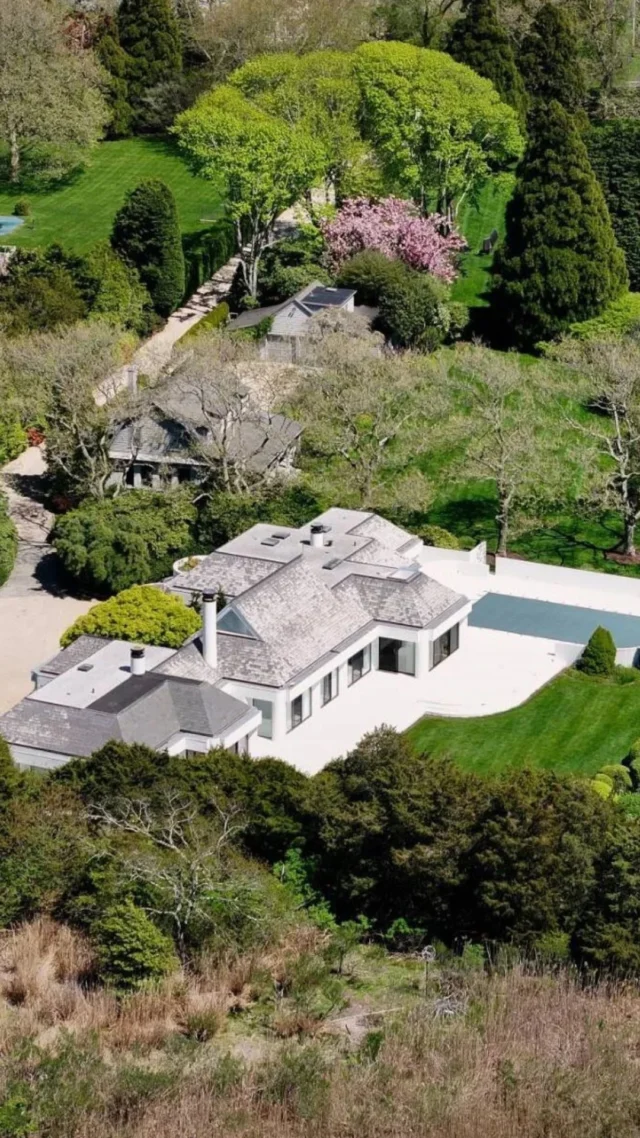


![A private Sag Harbor retreat with timeless elegance and space to roam 🌿 Set on 6.5± secluded acres, this beautifully designed estate offers over 8,000± square feet of refined living, with layered outdoor spaces, a 50-foot gunite pool and spa, and ever amenity needed for effortless Hamptons Living.
47 Middle Line Highway, Sag Harbor Represented by @theenzomorabito of @douglaselliman [link in bio]](https://hamptonsrealestateshowcase.com/wp-content/uploads/sb-instagram-feed-images/513860206_18518605354030135_4589361988158119558_nfull.webp)
